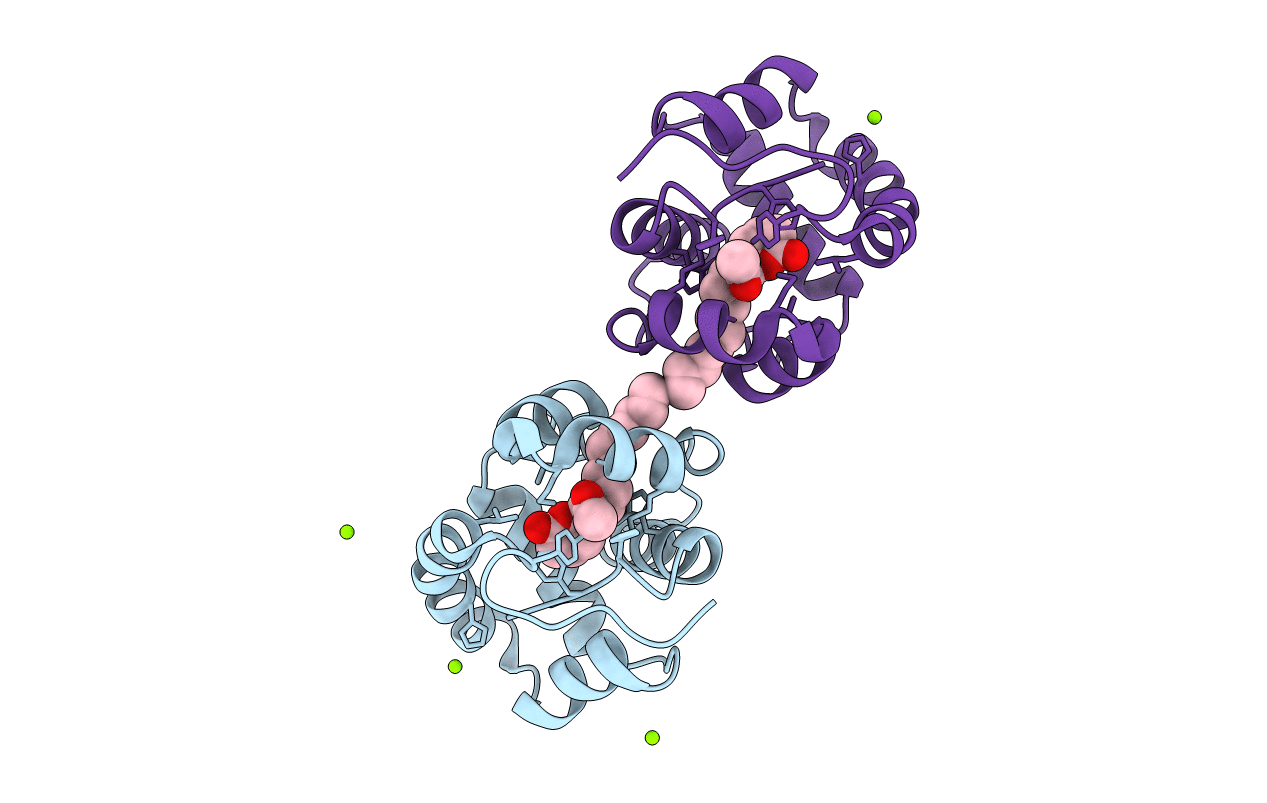
Deposition Date
2010-08-17
Release Date
2010-11-03
Last Version Date
2024-10-30
Entry Detail
PDB ID:
3OGN
Keywords:
Title:
Crystal Structure of an Odorant-binding Protein from the Southern House Mosquito Complexed with an Oviposition Pheromone
Biological Source:
Source Organism:
Culex quinquefasciatus (Taxon ID: 7176)
Host Organism:
Method Details:
Experimental Method:
Resolution:
1.30 Å
R-Value Free:
0.17
R-Value Work:
0.13
R-Value Observed:
0.13
Space Group:
P 1 21 1


